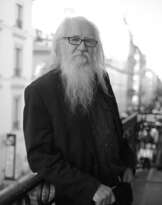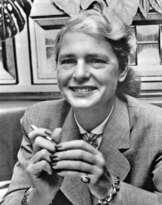Adolf Arthur Dehn (1895 - 1968)

Adolf Arthur Dehn
Adolf Dehn was an American artist known mainly as a lithographer. Throughout his artistic career, he participated in and helped define some important movements in American art, including regionalism, social realism, and caricature. A two-time recipient of the Guggenheim Fellowship, he was known for both his technical skills and his high-spirited, droll depictions of human foibles. In the 1930s, his work began to appear in magazines such as The New Yorker and Vogue. During his period as a lithographer, his striking images of New York, including Central Park, captured the essence of the Roaring 20s and the 1930s Depression. Beginning in 1930, Dehn executed a significant number of drawings and lithographs based on Midwest scenes. In the early 1930s, Dehn established The Adolf Dehn Print Club and became a founding member of the Associated American Artists. Dehn started executing watercolors in late 1936. Watercolor painting and casein painting represented signature second and third arms of Dehn's artistic output for the rest of his career. He is remembered as a prolific artist of great range. His works are held in over 100 museums. Dehn had a distinct style of illustration and painting. His drawings exhibit freedom in line and form along with social satire. Dehn's landscapes suggest the grandeur of nature, and a signature element in them for which Dehn was praised was the magnificence of his clouds.
| Date and place of birt: | 22 november 1895, Waterville, USA |
|---|---|
| Date and place of death: | 19 may 1968, New York City, USA |
| Nationality: | USA |
| Period of activity: | XX century |
| Specialization: | Artist, Engraver, Graphic artist, Painter |
| Genre: | Caricature, Cityscape, Genre art, Mountain landscape, Landscape painting, Rural landscape |
| Art style: | Post War Art, Realism, Social realism |































